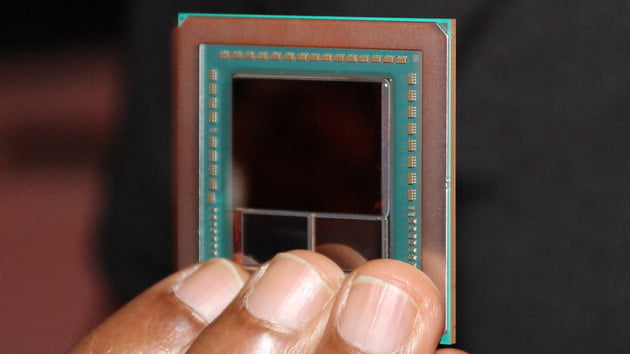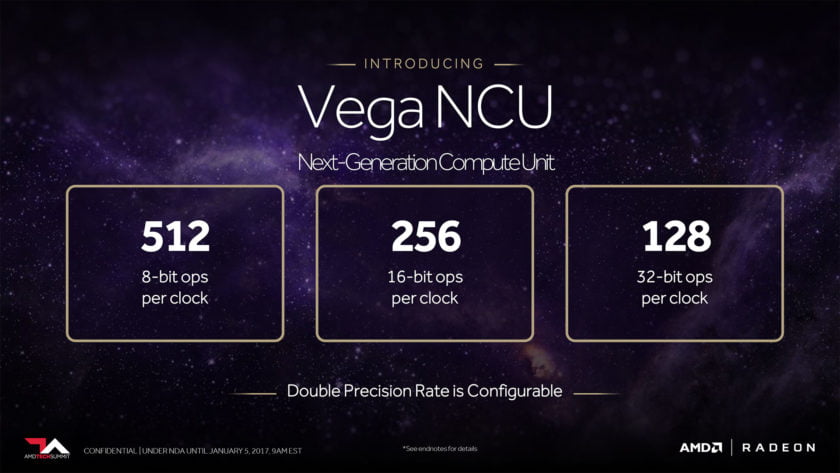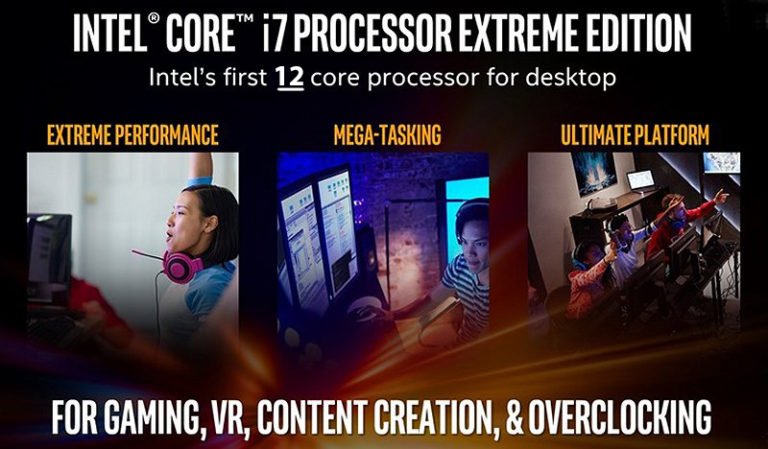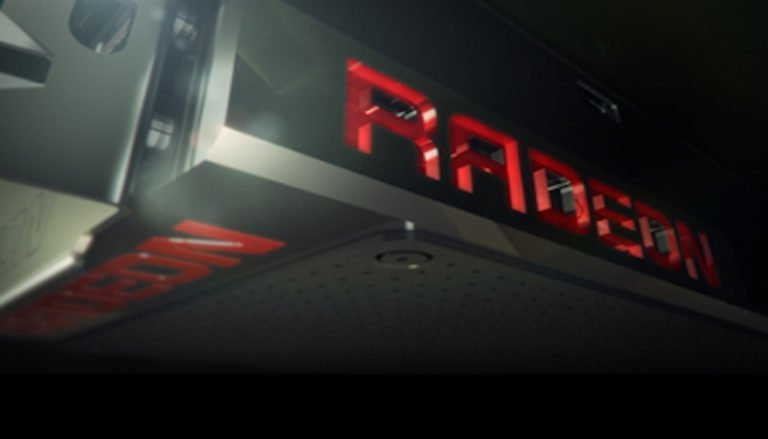Vega 10 GPU Will Outperform The GTX 1080 Even in OpenGL, Claims AMD

At CES 2017, AMD showcased a Doom demo running at an impressive 4K 60FPS+ that was powered by a Radeon graphics card based on its brand-new Vega architecture. Raja Koduri, Chief Architect Radeon Technologies Group, AMD, has now confirmed that the demo was in fact running on the company’s high-end Vega 10 GPU, rather than the smaller mid-range Vega 11. Although, he won’t reveal whether the unit was based on the full-fat Vega 10 or a cut-down variant of it.
AMD Vega 10 GPU Should Outperform the GTX 1080 in OpenGL, At Least at 4K
The AMD Vega 10 was able to outperform Nvidia’s latest GeForce GTX 1080 in Doom demo, but that’s running Vulkan. Would the Vega 10 GPU still “beat the pants off the GTX 1080” if it was running OpenGL? That’s what Brad Chacos, Senior Editor at PCWorld asked Koduri during an interview. In reply, AMD Radeon boss said:
“I think it would. Because at that resolution things are more GPU bound, less CPU bound. That’s one factor. But let me not say that too confidently because the DOOM developer had done some console optimizations like line assembly shaders and shader intrinsics and I don’t think they are available in OpenGL. That’s not a fundamental OpenGL issue, it’s just that we didn’t invest into putting all the extensions back into OpenGL which we could have [done]. I only have a finite number of engineers so they’re just focused on Vulkan.”
Had AMD run Doom demo on OpenGL, Vega 10 should still have outperformed the GTX 1080, claims Koduri. This is important considering from what we’ve seen so far, low level APIs such as DirectX 12 and Vulkan tend to favor AMD’s GCN architecture over Nvidia’s, while the opposite is true for older high level APIs such as OpenGL and DirectX 11.
To put it other way around, if Vega 10 can beat the GTX 1080 in OpenGL, we can expect similar results in DirectX 11 as well, at least when running at higher 4K resolution. At lower resolutions where the game is more CPU bound, you won’t see much of a performance difference between the two cards though.
Koduri, however, expects an exponential increase in the number of DirectX 12 and Vulkan game releases in 2017 than last year – which is something AMD should obviously be excited about.
AMD Vega 10 Specs – 8GB of HBM2 VRAM, 1.5GHz Clock Speed
AMD has confirmed that it’s working on two Vega GPUs. Vega 10 is the high-end chip, which we’ve already seen powering the Star Wars Battlefront at the New Horizon event back in December, as well as the recent Doom 4K demo at CES 2017.
The other smaller chip is Vega 11 which is expected to fill the space in between the RX 480 and Vega 10. Details about Vega 11 are scarce, except that it will likely feature HBM2 technology like its older sibling and launch in the second half of the year.
Vega 10 on the other hand is confirmed to pack two HBM2 stacks for a total capacity of 16GB. The GPU comes in its professional MI25 configuration (two 8-Hi stacks) and Radeon gaming configuration (two 4-Hi stacks), with both offering the same 512GB/s memory bandwidth.

In terms of compute, AMD Vega 10 has a total of 64 NCUs (Next-Generation Compute Units) and 4096 GCN stream processors.
The key advantage of the new Vega NCU design over the predecessor is its ability to simultaneously process variable length wavefronts. This would get you more work done in a given amount of time though we don’t know the percentage improvemt of resource utilization and CU occupancy of the Vega NCU at the moment.

Moreover, we know from the Radeon instinct MI25 accelerator announcement that the GPU delivers a whopping 12.5 FP32 TFLOPS. Using the number of GCN stream processors and TFLOPS figure, we can calculate the Vega 10 clock speed which comes out to be 1528MHz. That’s around 20% higher than that of the RX 480 which is a huge differential indeed.
What’s more interesting is that the professional MI25 variant is passively cooled, meaning you should expect gaming-focused variant of Vega 10 graphics card to feature even higher clock rates than 1.5GHz.
Finally, the GPU itself has a TDP of around 225W, while an entire Vega 10 powered graphics card is rated at over 300W.
In terms of pricing, an 8GB Vega 10 card is expected to cost around $600-$700. The card couldpotentially be called the Radeon RX 590 and rival the GTX 1080.
AMD has been using graphics card samples in public demos since December which indicates that Vega 10 release is not far away. Nevertheless, don’t expect GPUs to hit shelves anytime sooner than Q2 2017.






